Your cart is currently empty!
Category: Culture
What is celebrated on Culture Day in Japan?
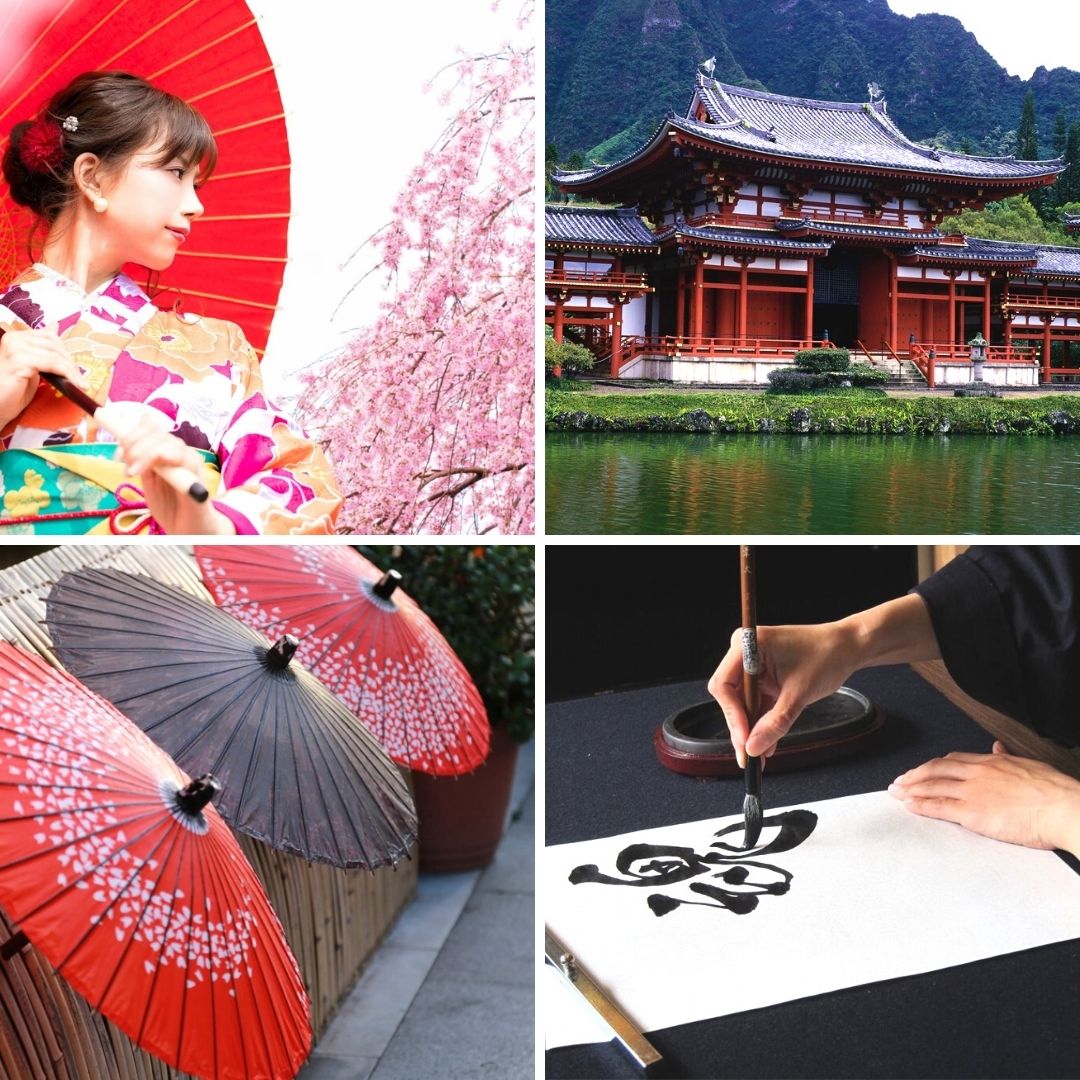
Culture Day (文化の日, Bunka no Hi) is the national event to celebrate traditional Japanese culture and promote the love of freedom and peace enshrined in the Japanese constitution. It has been a public holiday since 1948 although it was officially adopted in 1946 after World War II. It is celebrated annually in Japan on November… Read more
Maneki-neko – Symbol of Luck in Japan
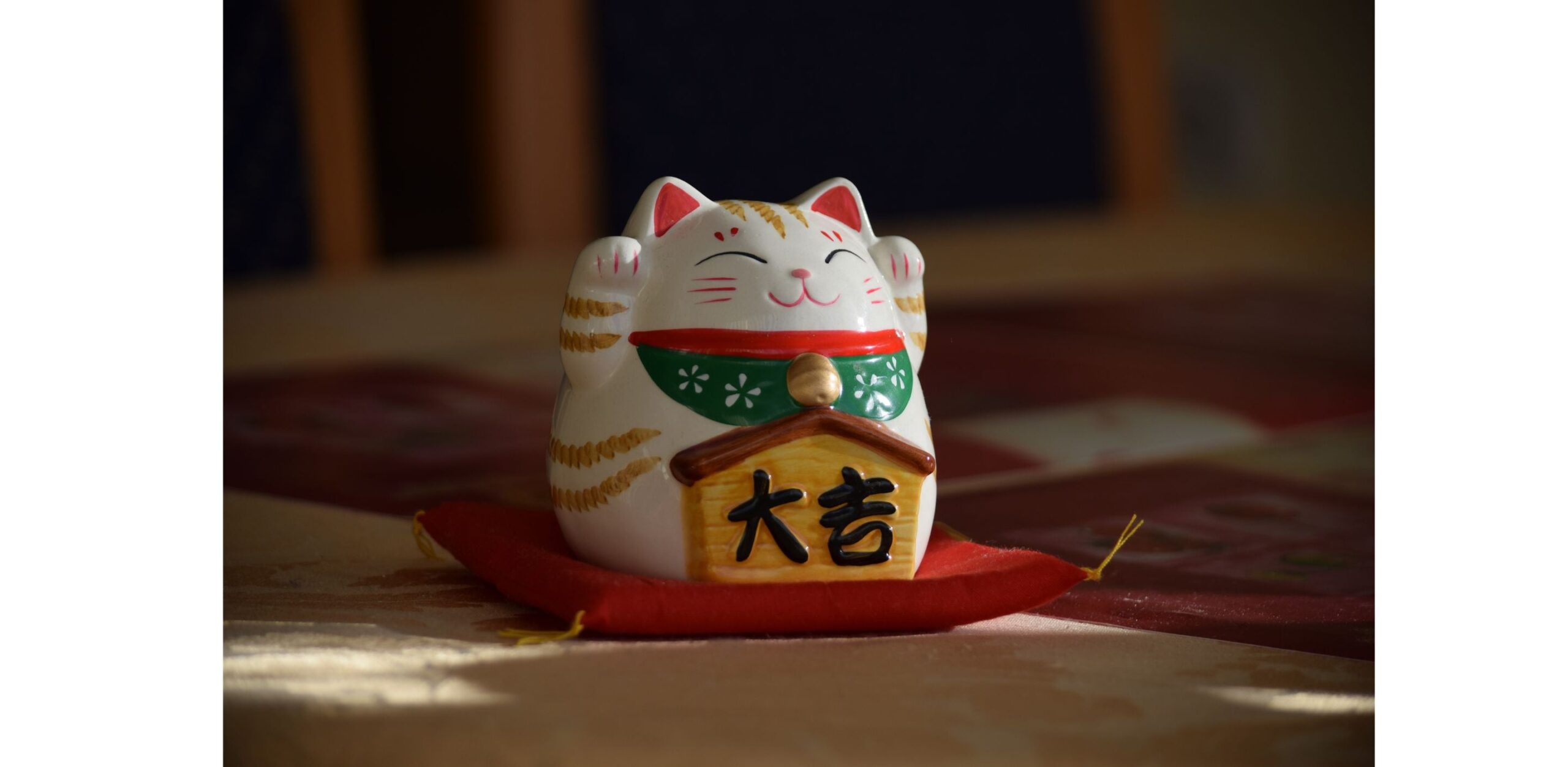
Maneki-neko (招き猫), also known as the lucky cat or fortune cat, is a popular Japanese sculpture that has the symbolism of bringing good luck to its owner. The sculpture represents a cat, specifically of the Japanese bobtail breed, in an attitude of calling and not greeting as most people think. The Manekineko can often be… Read more
Wabi Sabi – Philosophy of Imperfection in JAPAN
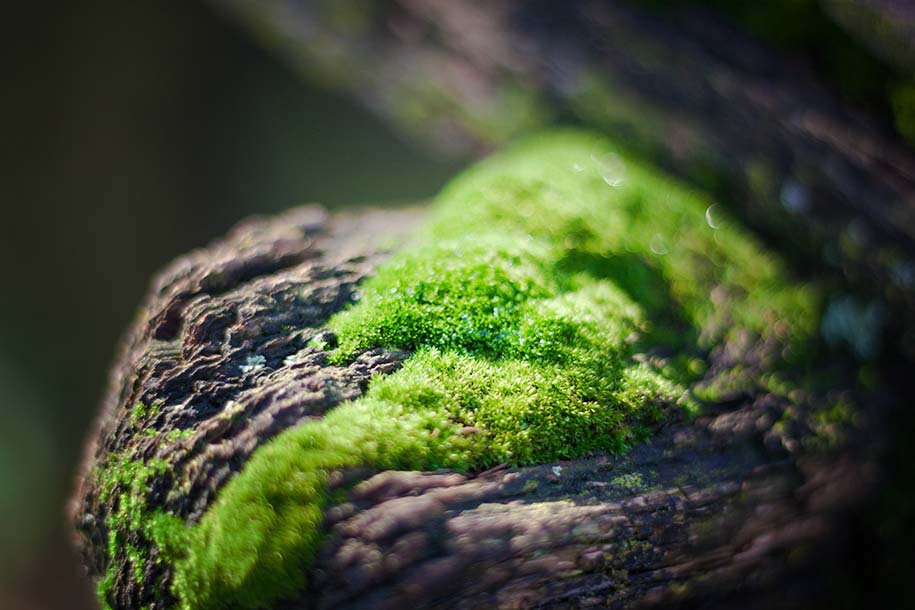
Wabi Sabi侘寂 is something very characteristic of Japanese culture. It is something that seems simple on the surface but when you dig deeper it is something that is very intrinsic in the whole society of Japan, in every detail, in the modern and in the traditional. Wabi sabi is beauty in the imperfect, it is… Read more
Kano Jigoro – The Father of Judo
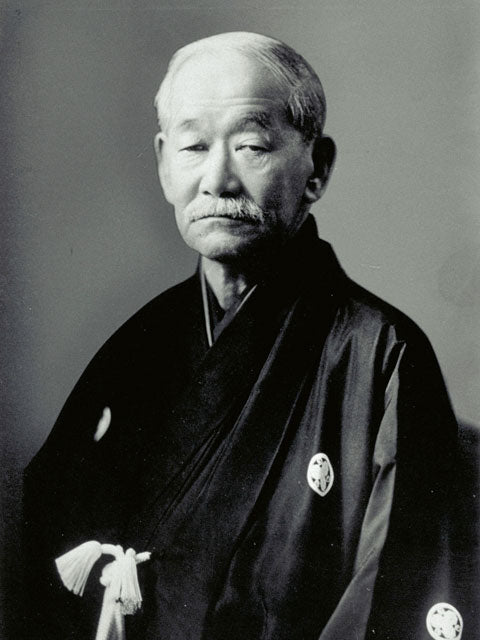
Born in 1860 in Mikage (now part of Kobe), Kanō Jigorō嘉納治五郎 moved to Tokyo with his father at the age of 11. Although he was known as a child prodigy at school, he often faced adversity. To develop his strength, he decided to study the martial art of Jujutsu . During his time as a… Read more
Friendly Yokai from Japanese Folklore
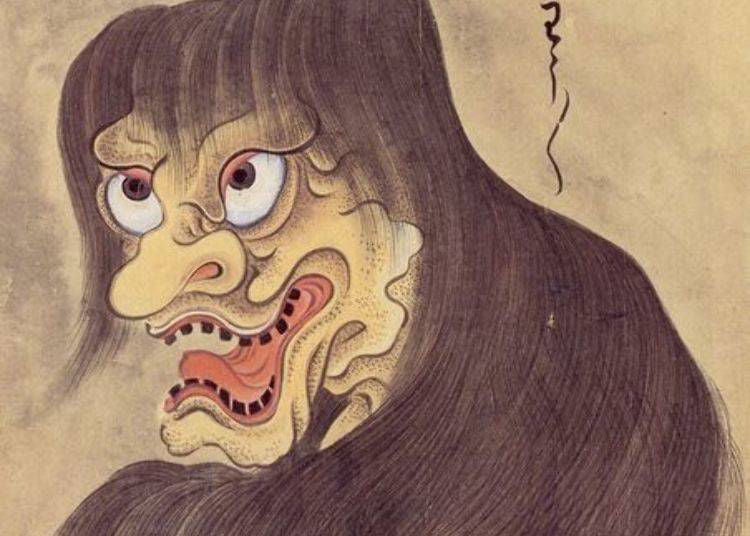
In Japanese folklore, yōkai (妖怪) refers to ghosts, monsters, and legendary spirits. Strange behaviors are attributed to these mythical creatures to explain otherwise mysterious phenomena. Yōkai means “attractive, bewitching” and kai (怪) “mystery, wonder.” Yōkai were often depicted as strange incarnations of ordinary individuals or creatures, some resembling humans, for example, with altered features such… Read more
Japanese with the Nobel Prize for Literature
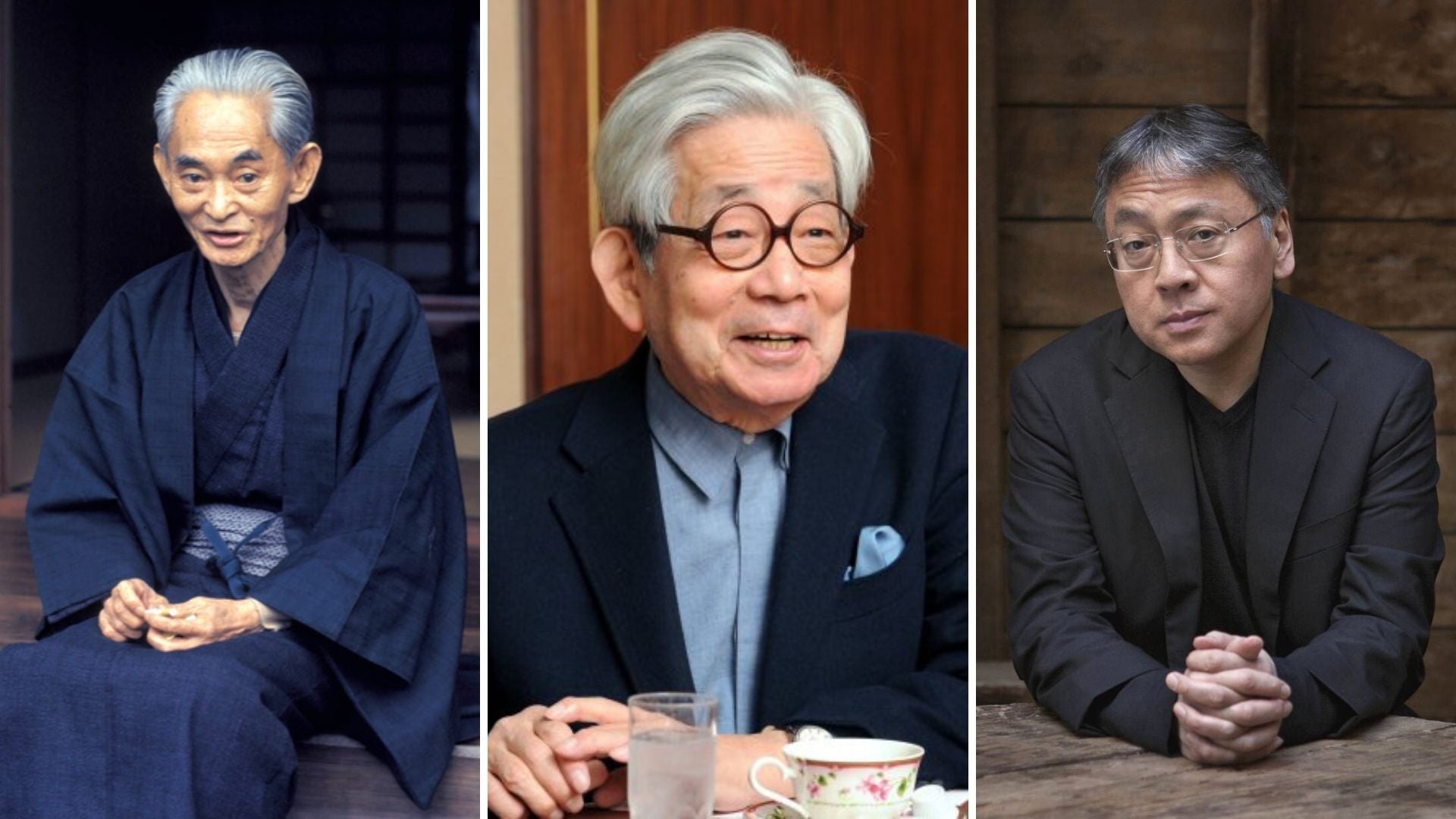
Three Japanese-born authors have won the Nobel Prize for Literature since it was first awarded in 1901: Kawabata Yasunari in 1968, Ōe Kenzaburō in 1994, and Kazuo Ishiguro in 2017. Each is believed to have had a correspondingly strong Japanese rival. Tanizaki Jun’ichirō for Kawabata, Abe Kōbō for Ōe , and Murakami Haruki for Ishiguro.… Read more
A Mexican Flower that Conquered the Heart of Japan

Cosmos bipinnatusオオハルシャギク( コスモス、アキザクラ 秋桜 ) A few weeks ago, flowers called “コスモス Cosmos” began to bloom in Japan, like every year during autumn. From my childhood to this day, during the autumn the pink flowers (and other colors too) of Cosmos look beautiful in public gardens, home gardens, riverbanks, and in every corner of Japan… Read more
Jika-tabi – Unique shoes from Japan
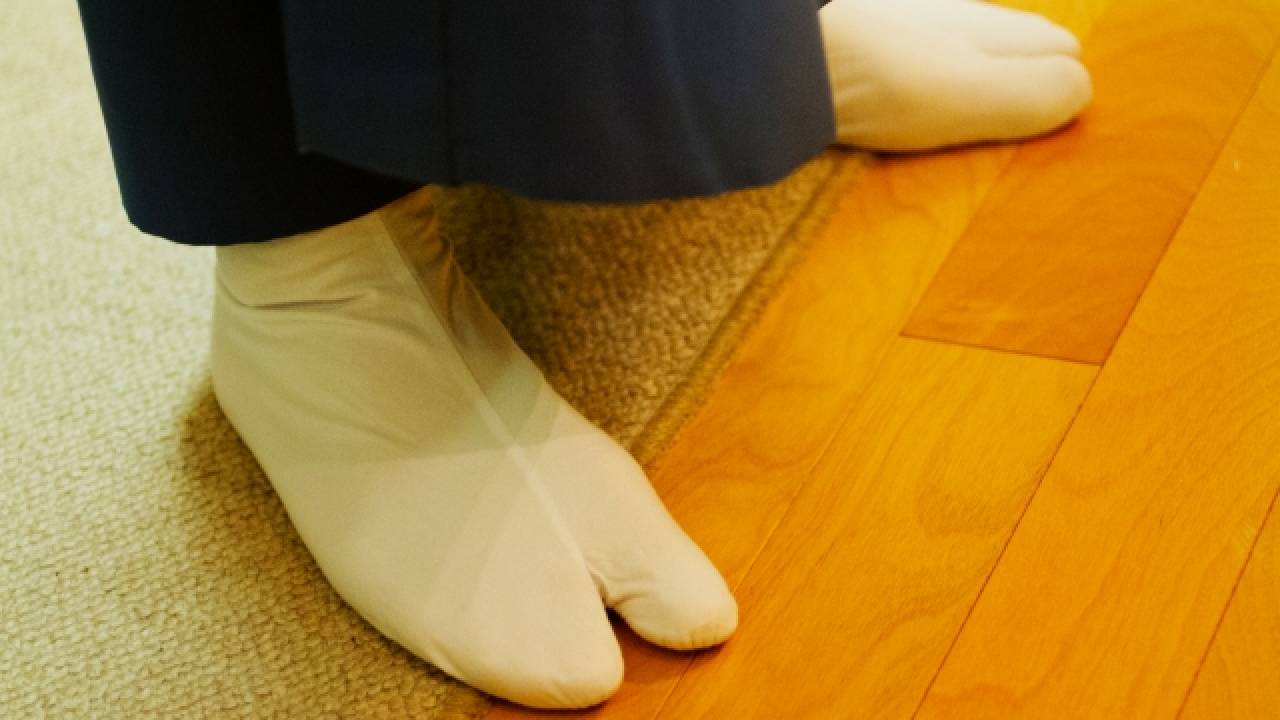
Jika-tabi (地下足袋, literally “ground-touching tabi”) is a style of footwear with a split toe, originating in Japan. They are similar to tabi socks in both appearance and construction. Although they can be worn with traditional buckled footwear such as geta and zōri , jika-tabi are primarily designed and manufactured to be worn alone as footwear… Read more
The Hidden Powers of Japan’s Folk Toys
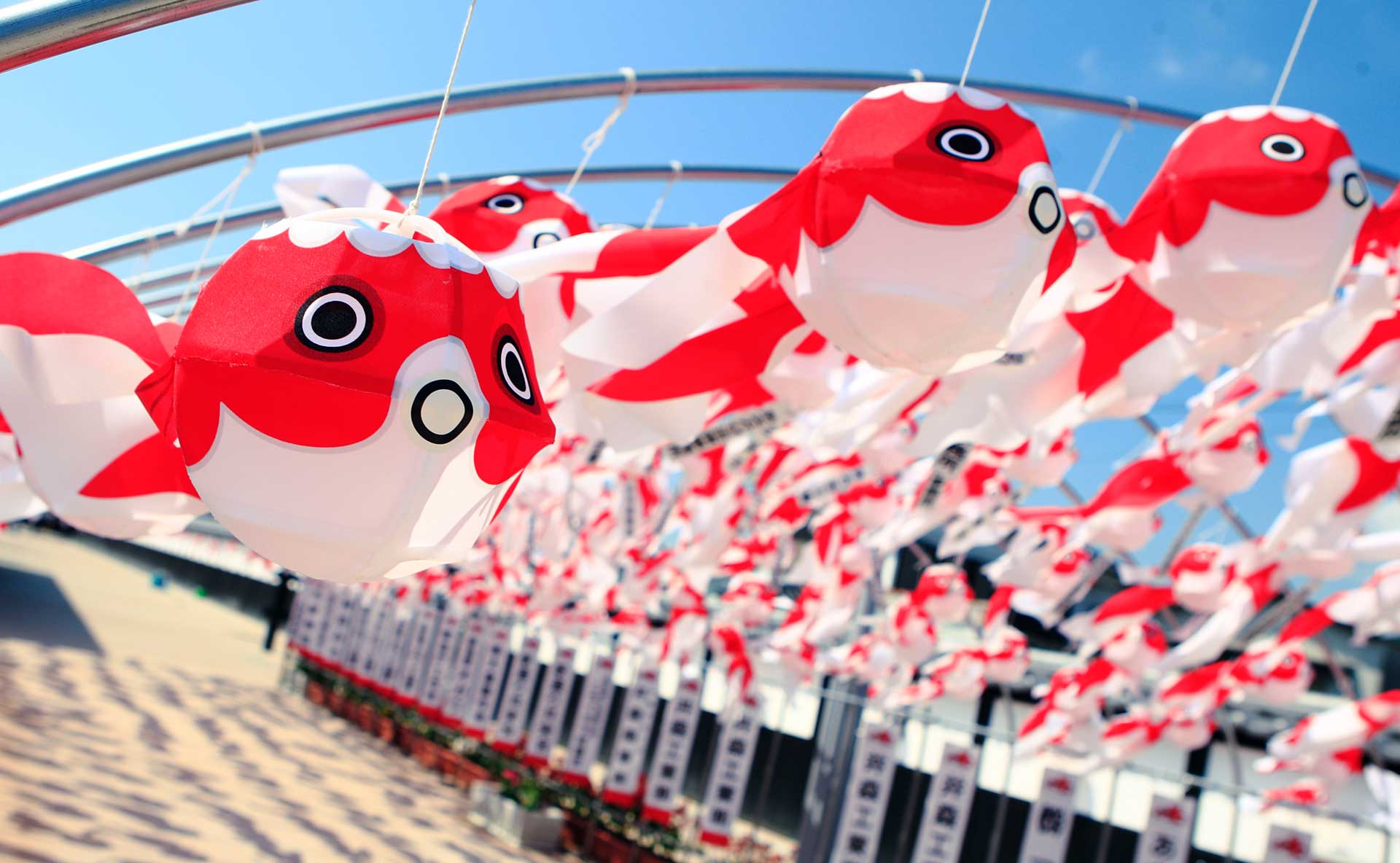
Kyodo gangu 郷土玩具 are the traditional toys of Japan which are mostly made of clay, wood and paper. These toys parents used to give to their children although now they are more coveted by collectors than by children. While the general shape remains the same, the shape and appearance of each type of toy differ… Read more
Kamon – Family Crest or Emblem of Japan

The term ” Kamon ” 家紋 refers to the crest or insignia used to indicate the family lineage, ancestry, and status of families in Japan. He is also known as ” Mondokoro ” or simply as ” Mon “. It is said that there are more than 20,000 different individual Kamon in Japan. Kamon are… Read more
